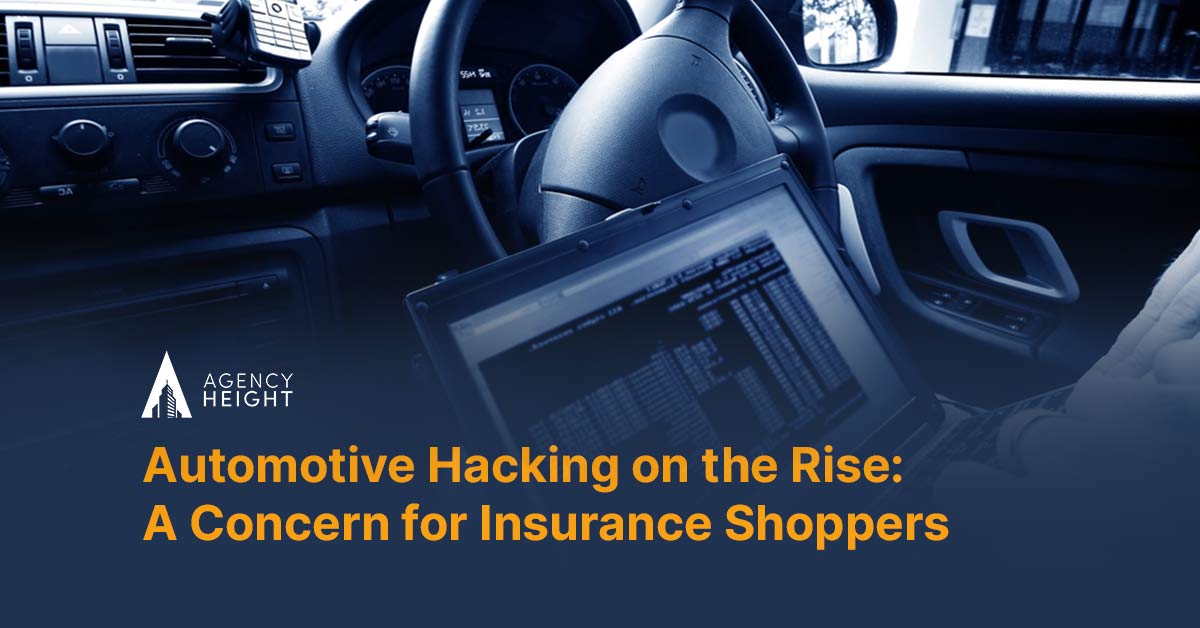Automotive Hacking on the Rise: A Concern for Insurance Shoppers

With cars becoming increasingly connected, it is now possible for cybercriminals to take control of them. According to ABI Research, this has become a real risk as global sales of these vehicle types will reach 115 million by 2025, from just 30 million currently being sold each year.
With the introduction of electric vehicles, there is now even more significant potential for cyberattacks. The safety features these cars come equipped with can also increase your risk regarding data breaches and malware infections, on top of any other vulnerabilities you may have had before owning one.
As more cars become internet-enabled, they become a much easier target for hackers. Not just the physical aspect of breaking into your vehicle has changed. Attacks now happen remotely too!
A recent report by Upstream Security revealed an increase in automotive cyber security incidents by 225% from 2018 to 2021. 85% of these attacks were conducted through online channels such as social engineering or phishing emails designed specifically for car owners who may have access codes needed vary accounts like odometers, service schedules, and such.
There are many ways hackers can get into your car with a wireless key fob. They might take advantage of flaws in the design or software, such as one found in May when researchers revealed they were able to unlock electric cars without having physical access by intercepting codes sent through a Bluetooth connection between the driver’s phone and vehicle, giving them full control over what happens inside and outside the vehicle.
In addition to regular locks, some vehicles have wireless key fobs that allow drivers access with their smartphones. However, this also presents risks when criminals use hacking techniques like spoofing or other forms of cyberattacks to remotely gain entry by capturing codes from your car’s onboard computer system.





